An unused, easily overlooked lot exists in the alley connecting Euclid and Fairmount Streets in Columbia Heights. With a tilted fence and a plethora of overgrown weeds and wildflowers, the “horrible lot” is boxed in by a bicycle shop and a personal garage, yet harbors unique potential, according to the space’s co-owner Amy Levin.
Levin thinks alleys are an untapped opportunity for more affordable housing — a belief that pushed her to convince her business partner Jackie Fernandes into developing the lot into single-unit houses as a “passion project” with their company, Girl Built.
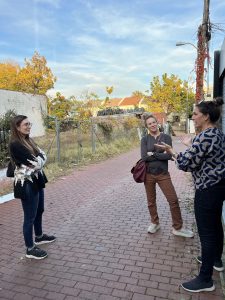
“I’ve spent 20 years selling lots of [properties] that are terrible to people [because] that’s what they can afford,” Levin said. “We would really, really love to be able to start making things that are more interesting and have a soul to them for people to enjoy, who also don’t want to spend two and a half million dollars to live on an alley.”
Levin and Fernandes partnered with architecture firm EL Studio to develop the space, not knowing this would later put their little lot as the final destination on the studio’s Columbia Heights Alley Hop tour.
Alley Hops are EL Studio owners Elizabeth Emerson and Mark Lawrence’s way of encouraging residents to rethink how they see D.C. alleys. They began researching alleys in 2017 through their Washington Alley Project and believe a large portion of the city’s 3,217 alleys could be turned into usable, public spaces.
Alley Hop participants go on self-guided tours through various revitalized alley spaces with EL Studio “viewfinders” to see how the firm would design the alleys to be more useful. On Nov. 11, almost 100 people walked in small groups to three different Columbia Heights alley sites: a community garden, an alley-facing apartment and Girl Built’s grassy lot.
At the conclusion of the tour, Emerson encouraged alley hoppers to vote on how they would prefer the undeveloped lot to be used. Participants could choose between green space, a combination of green space and studios or studios and housing.
“There’s a lot of perceptions about alleys, that they’re dangerous or dark or dirty, the three Ds, so we’re helping people see hopefully that the alleys can be really great public spaces,” Emerson said.
The Columbia Heights Alley Hop is the studio’s first event since the start of the pandemic and their biggest crowd to date. Emerson thought the size could be a result of an increase in media coverage but also because of a growing interest in city infrastructure.
Alleys represent the history of the city, according to Benjamin Stokes, an American University professor. Stokes, who also works with the D.C. Office of Planning, attended the Alley Hop and has partnered with EL Studio for past events. He develops online programs to encourage people to tell the office how they would like to see alleys in their neighborhoods develop.
Alleys have not always had a “pretty” history, Stokes told The Wash.
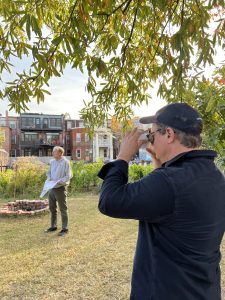
“Folks who couldn’t afford any housing at all camped out in alleys and then were eventually kicked out, mostly in Georgetown kind of areas,” Stokes said. He appreciated that EL Studio attempted to tell residents about the full history of alleyways instead of just the “pro-developer” version.
Levin, a real estate agent and developer, thought alleyways could best be used for “middle market housing.” Currently, the median housing price in D.C. is steadily decreasing after experiencing a radical high in 2020. Yet, the median sales price was $535,000 in October of this year.
Steve Coleman, executive director and president of Washington Parks and People, agreed that the city needed less expensive housing options, but he thought it was also important to engage the people living in the surrounding areas.
Coleman spoke to Alley Hop attendees at their first stop at the Washington Parks and People community garden. He believed green space could actually become a tool to solve the housing crisis Levin wanted to counter.
“It’s not just ‘urban ag,’” Coleman told The Wash. “We’re growing so much more here than food. We’re growing justice, growing equity. We’re growing hope.”
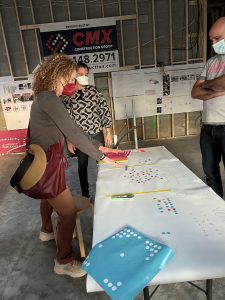
People need to spend time in nature, Coleman said, in order to feel healthier and connect with people around them. D.C. He has lived in Columbia Heights his entire adult life and said he believes “wonderful green space” promotes diversity and helps community members.
Alley hoppers at least partly agreed — the result of EL Studio’s vote showed attendees voted primarily for the Euclid lot to become a combination of agriculture and housing space.
Levin said she did not know the studio would be hosting a vote for the future of the space. For now, she said Girl Built will stay on course to put housing on the property. As for EL Studio, Emerson told The Wash she and Lawrence will continue studying uses for alleyways and have potential for another event next spring.

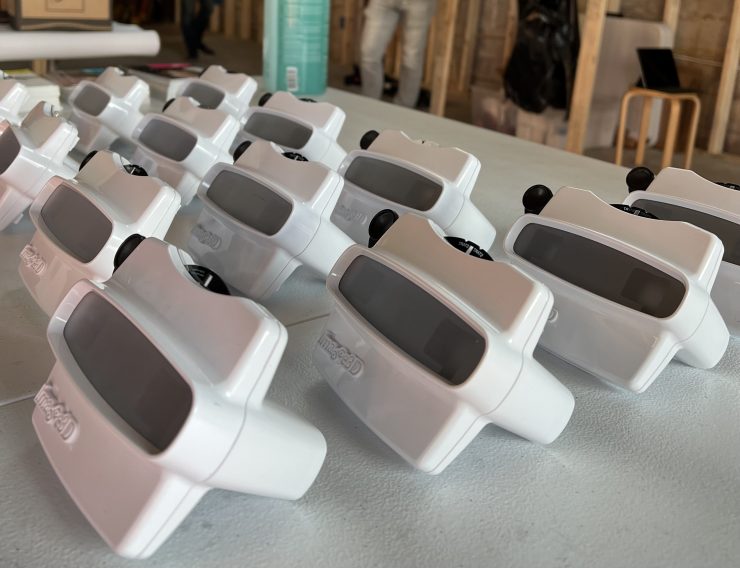
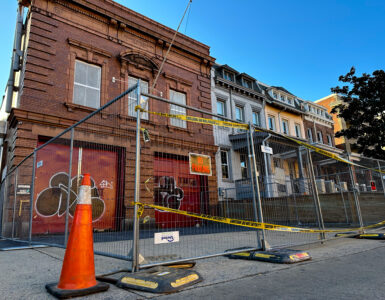

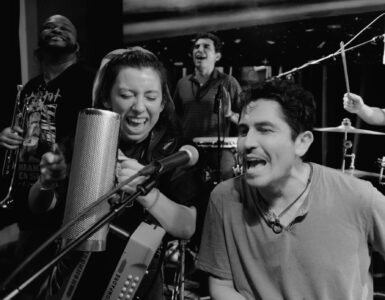










Add comment